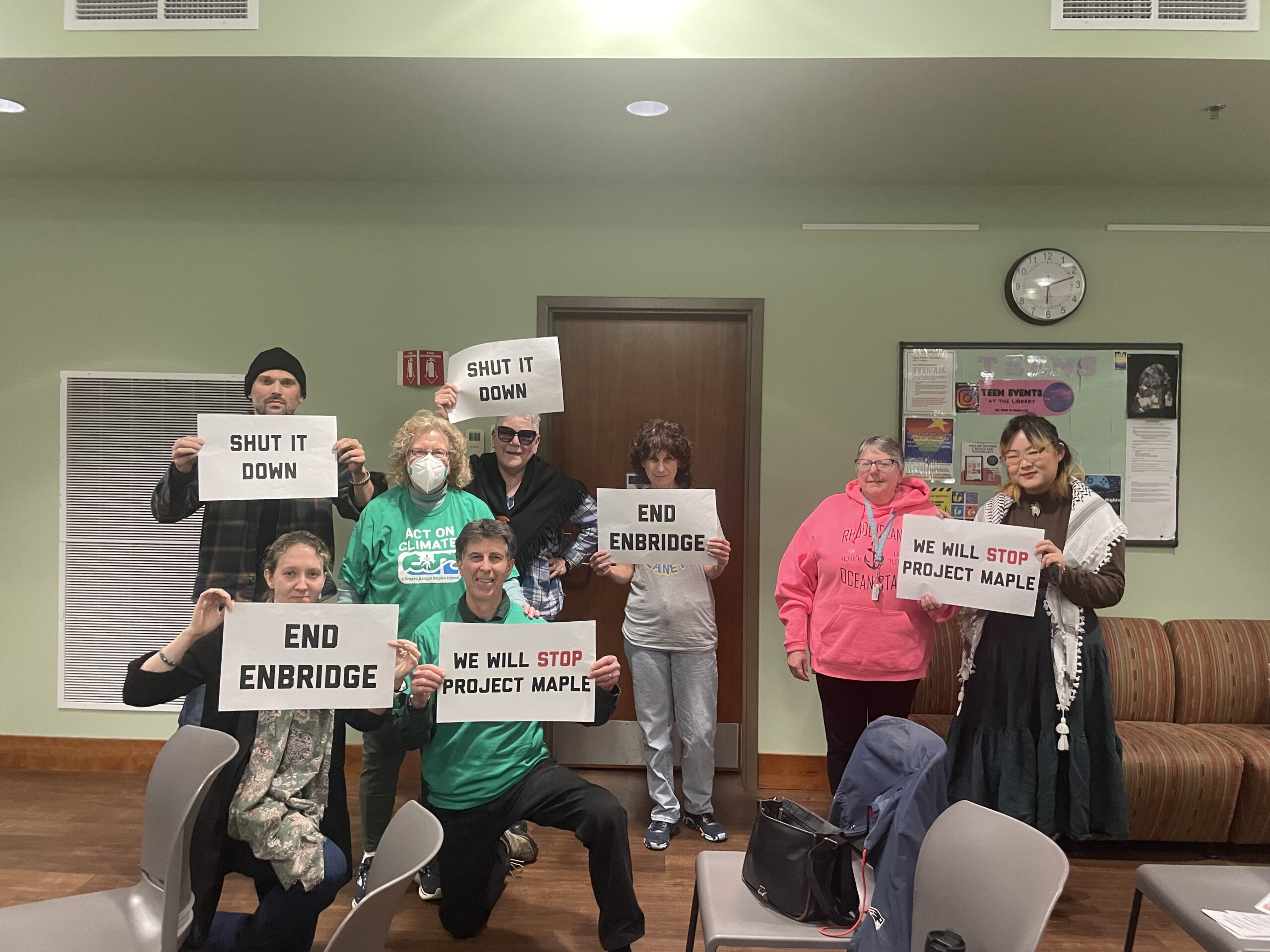Hopkinton Rejects Massive Open Space Solar Project
January 29, 2019
WOOD RIVER JUNCTION, R.I. — By a 3-2 vote Monday night, the Hopkinton Town Council voted down what would have been Rhode Island’s largest solar facility. The outcome was uncertain up until council member Sylvia Thompson outlined her pros and cons of the 58-megawatt project.
At first, Thompson sounded like she would approve the project, when she said at the Jan. 28 meeting, “The bottom line is we can’t say no to everything.”
But she stressed the enormity of the development and the negative impacts of clearing 175 acres of open space and the added stormwater runoff it would create.
“I just can’t support this particular proposal on this piece of land,” Thompson said. “I’m worried about the owls. I’m worried about the other animals. It’s just too big.”
The were cheers from most of the 60 attendees in the Chariho Middle School auditorium as Thompson cast the deciding vote.
Moments before, council vice president Scott Bill Hirst and council member Sharon Davis stated their opposition to Brushy Brook. Hirst called the project “repugnant” and said the five-member council should follow the advice of the Planning Board and town experts who recommended rejecting the request to change the zoning for the 348-acre parcel from residential to commercial.
“We need to value our staff and our boards and experts in this town, they are our experts,” Hirst said.
Davis said she voted against the project for three reasons: it wasn’t consistent with the town’s comprehensive plan; the Planning Board voted against it; and it wasn’t supported by residents.
Davis said she endorses a statewide effort to build or import 1,000 megawatts of renewable energy by 2020. But, she said, the rural town has already approved 16 utility-scale solar arrays equaling 51 megawatts of electric capacity.
“I think Hopkinson has exceeded its fair share for making this goal,” she said.
After the outcome of the vote was clear, council member Barbara Capalbo and council president Frank Landolfi noted their displeasure with the decision.
Capalbo cast most of the opponents of the project as environmentalists who oppose any and all renewable energy development.
“Most of you are really interested in it, but you want it only your way and you’re not saying attention to the entire state or the entire region,” she said.
Capalbo said opposition to fossil-fuel development has left few options. “Solar and wind, though imperfect solutions, are all we’ve got,” she said.
Capalbo, who was an early supporter of the project, negotiated with the developer, Southern Sky Renewable Energy LLC, to secure $250,000 toward an expansion of Town Hall, along with other financial contingencies.
Landolfi said he knows the town’s finances as well as anyone and that the budget sorely needed the revenue from the project to keep the ever-escalating school finances in check.
The developer, Ralph Palumbo and his team, sat in the front row and were clearly disappointed with the outcome. They declined to comment on the vote or say whether they planned to appeal the decision.
After the vote, Eric Bibler, a vocal opponent of the solar project and a leader of the Keep Hopkinton County movement, said he was ecstatic with the outcome.
“I’m glad the Town Council really listened and heard what their constituents wanted,” Bibler said.
As the founder of Hopkinton Citizens for Responsible Planning, Bibler noted the Planning Board rejected six other applications for large solar arrays that sought permission to rezone residential land as commercial. He said other large solar and perhaps wind proposals need to be contested, to protect the rural character of Hopkinton.
“And that’s really the message we’re trying convey,” Bibler said.
At least two other large solar projects are expected to come before the Town Council in March and April. The board has addressed pleas from residents who want rules for future solar development. On Jan. 22, the Town Council approved a change to the solar ordinance that limits future applications for solar arrays to no more than 3 acres or 3 percent of residential property and no more than 75 percent on land zoned for commercial development.
Categories
Join the Discussion
View CommentsRecent Comments
Leave a Reply
Related Stories
Your support keeps our reporters on the environmental beat.
Reader support is at the core of our nonprofit news model. Together, we can keep the environment in the headlines.
We use cookies to improve your experience and deliver personalized content. View Cookie Settings




Let’s put solar panels in the urban "open space" of our rooftops. Clearing open space and potential if not actual farmland deprives people of the rejuvenation provided by open space and food from farm land. Clear cutting forest for solar projects deprives the atmosphere of the oxygen the trees produce and their ability to remove carbon dioxide from the atmosphere.